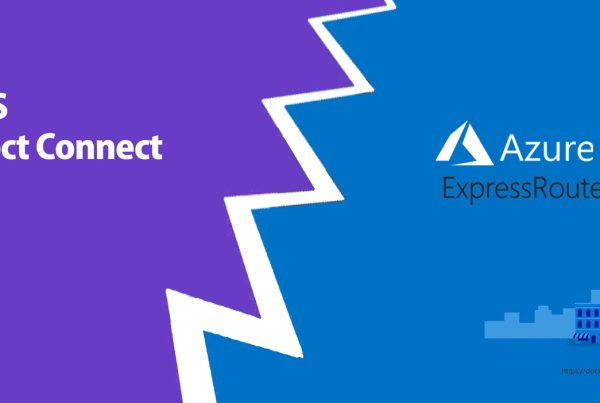Ensuring Business Continuity:
The Importance of Failover and Secondary Internet for Small Businesses
In today’s always-connected business world, internet downtime can mean lost revenue, frustrated customers, and operational disruptions. For small businesses, ensuring uninterrupted connectivity is crucial, which is why having a failover or secondary internet connection is a smart investment.
What is Failover Internet?
Failover internet is a backup internet connection that automatically activates when the primary connection fails. This secondary connection ensures continuous online access, preventing business disruptions caused by outages.
Why Small Businesses Need a Secondary Internet Connection
- Minimize Downtime
Even a few minutes of internet downtime can disrupt communication, transactions, and workflow. A secondary connection helps maintain business operations seamlessly.
- Maintain Customer Experience
Businesses that rely on online services, VoIP phone systems, or e-commerce platforms can’t afford interruptions. Failover internet ensures customers continue to receive support, place orders, and interact without service disruptions.
- Protect Against Revenue Loss
For businesses that rely on online sales, cloud-based applications, or payment processing, an internet outage can lead to significant financial losses. A backup connection safeguards against revenue-impacting downtime.
- Improve Network Reliability
Failover solutions can balance internet traffic between multiple connections, optimizing performance and reducing strain on a single network.
Types of Failover Internet Solutions
- Wired Failover (Fiber, Cable, DSL): A secondary wired connection from a different provider ensures redundancy in case of network failures.
- Wireless Failover (4G/5G LTE): A mobile backup solution using cellular networks offers flexibility and quick activation in emergencies.
- Satellite Failover: Useful for businesses in remote areas where traditional broadband options are limited.
How to Set Up a Failover Internet Solution
- Choose a Reliable Backup Connection: Select a secondary provider with a different infrastructure than your primary connection to avoid simultaneous failures.
- Use a Dual-WAN Router: These routers automatically switch between primary and backup connections, ensuring seamless failover.
- Monitor and Test Regularly: Periodically check the failover system to ensure it activates correctly when needed.
Investing in a failover or secondary internet connection is a proactive step to ensure business continuity. Whether through wired, wireless, or satellite backup solutions, small businesses can protect their operations from costly internet outages.




